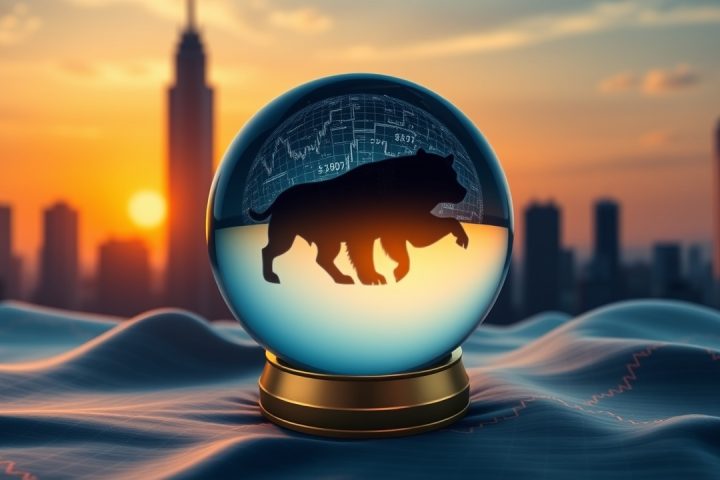Statement Summary
This press release discusses the importance of custody services in the crypto asset market, highlighting the current landscape where few custodians exist and the challenges surrounding regulation. It emphasizes the need for investor trust in custodians to ensure asset safety and discusses the shortcomings of existing regulatory frameworks that fail to keep pace with technological advancements. The SEC’s Crypto Task Force is working on clarifying regulations, advocating for a principles-based approach to custody that can accommodate various asset types. The potential for technology, like blockchain, to enhance transparency and mitigate risks in custody is explored, alongside the challenges posed by current regulations. Solutions may include allowing more types of institutions to act as custodians and fostering an environment where healthy custody practices can thrive.
Original Statement
Thank you to the Digital Assets Association for organizing this event and inviting me to participate. My views are my own as a Commissioner and not necessarily those of the SEC or my fellow Commissioners. I am appearing in digital form, which might be appropriate in light of today’s discussions on the tokenization of real-world assets. Had I been with you in person in Singapore, I would have urged you to join me in visiting the famous National Orchid Garden. I have an affinity for orchids because I managed to keep one alive for nearly fifteen years—an amazing feat given my complete lack of gardening skills.
Currently, relatively few custodians serve the crypto asset markets. But competing custodians are jockeying for future market share. Banks contrast their own successful record, rooted in comprehensive regulatory frameworks, rigorous supervision, proven risk management capabilities, and prudential mandates with several high-profile instances of major client asset losses in the crypto industry, revealing the shortcomings of custody practices.
For financial markets to thrive, investors must trust the entities that hold their assets for safekeeping. A trustworthy custodian protects customer assets from loss, destruction, and theft and is subject to a framework for protecting customer assets from creditors of the custodian and from competing claims by other customers if the custodian fails. Building trust is easier said than done, but, without it, people will hold on to their assets themselves and unnecessary friction will plague the financial system.
Challenges and Regulatory Framework
Customers ordinarily do not have visibility into the internal custody practices of their custodian, at least until it is too late—when the assets are gone. A common solution to the information asymmetry problem in custodial arrangements has been to rely on regulators to impose and enforce safeguarding requirements. Regulatory mandates for custodians may include segregation and recordkeeping requirements, prohibitions on commingling, activity limitations, surprise audit requirements, and internal control requirements.
Effective regulation must keep pace with market and technological developments. Keeping pace, though, may mean grounding rules in principles, rather than attempting to prescribe custodial practices. Regulatory responses to market developments can undermine, rather than bolster, investor protection. If not grounded in commercial reality, protective measures can have the perverse result of preventing investors and other market participants from finding a suitable and affordable regulated custodian.
Technological Solutions and Future Directions
The SEC’s Special Purpose Broker-Dealer framework for the custody of digital asset securities, for example, proved virtually unusable due to unrealistic constraints placed on participants. The Crypto Task Force is working on providing more workable approaches for broker-dealers to comply with their custodial obligations under the Customer Protection Rule.
Technology may help address or mitigate concerns previously addressed through regulation. Distributed ledger technology allows market participants to transact at scale without reliance on a custodian or any other intermediary. Even where an investor prefers to use a custodian, this technology may mitigate information asymmetry and other issues through its transparency.
We should use this moment as an opportunity to consider a principles-based custody framework for broker-dealers, investment advisers, and investment companies that can accommodate technological change and a wide range of assets. Perhaps registrants should be able to use custodians other than traditional financial institutions.
Conclusion
We are not going to resolve all custody questions in this session or at this conference, but I welcome robust discussions that rigorously explore how regulators can facilitate the creation of effective custody infrastructure. I call on all of you to help foster healthy custody practices. Do not wait for a regulator to set those practices for you.




